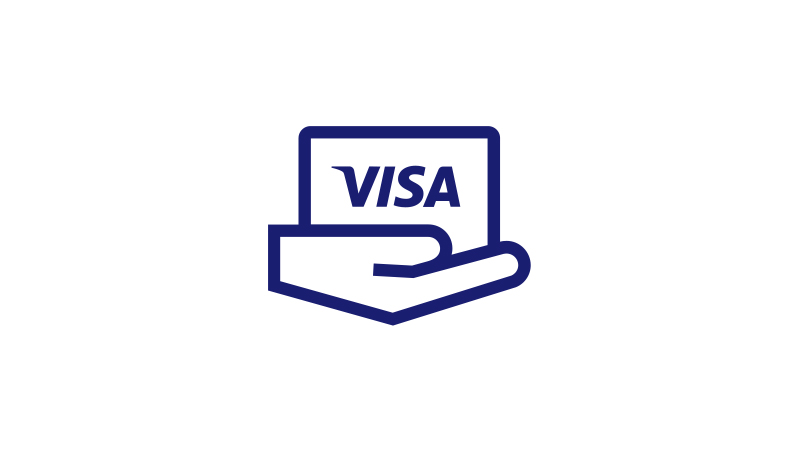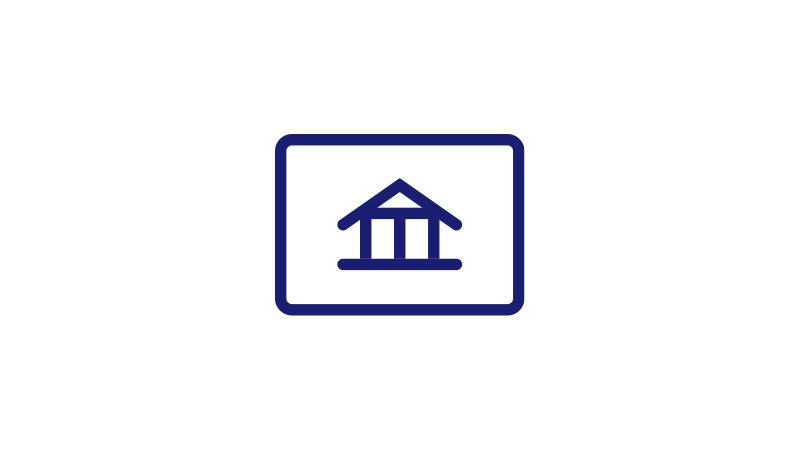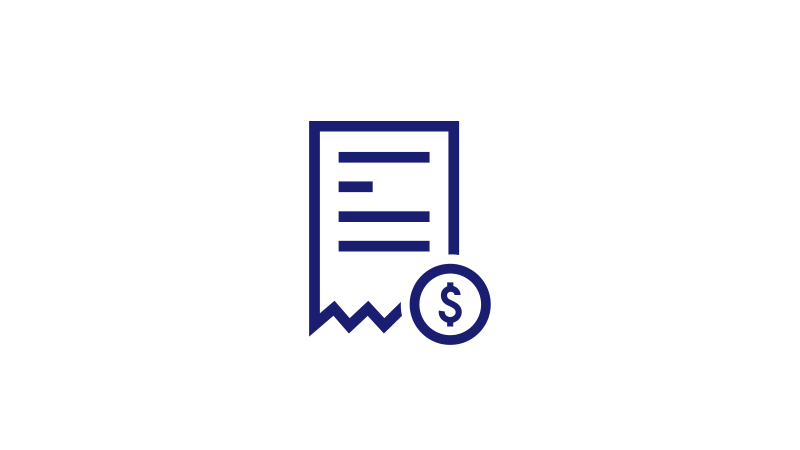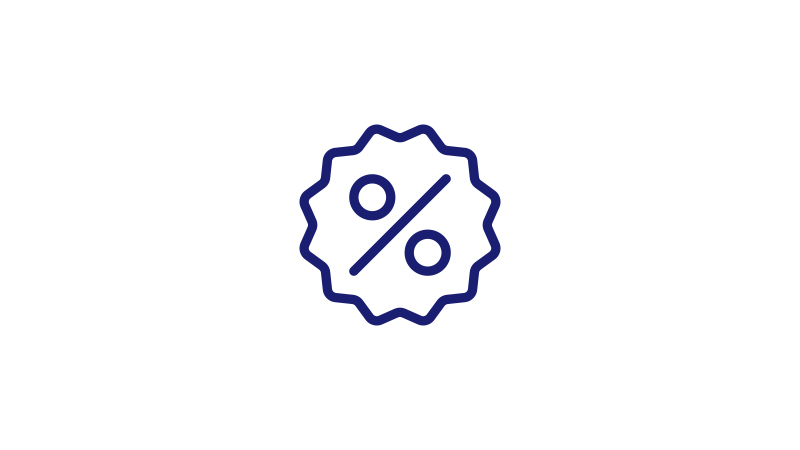A budget tracks when and how you earn or spend money. It allows business owners to ensure that there are enough funds to pay expenses.
The basics of budgets
Budgeting
Monitor your sales/revenue, expenses, and profit on a monthly basis.
Your revenue: How much money is coming into your business?
Your expenses: Divide your expenses into fixed costs (those that don’t change from month to month, such as rent, salaries and insurance payments) and flexible expenses (costs that change, such as commissions).
Your profit: The difference between your revenue and expenses.
Your tracking: Sometimes the hardest part of a budget is tracking revenue and expenses against your goals on a daily, weekly and/or monthly basis.
Download a sample budget spreadsheet from practicalbusinessskills.com.
Tips for managing your cash flow

Build a cash reserve
The ability to quickly access cash is key for any business. Saving a portion of your sales could prep you for unexpected expenses or investment opportunities that pop up.

Open a credit line
You may be able to open a business credit line with a bank, credit union or other financial institution. This can help bridge the gap between revenue coming in and expenses you have to pay out.

Ask to pay suppliers over time
If you buy supplies from other businesses, you may be able to negotiate paying your suppliers or vendors on an extended timeline. More time to pay bills provides a cushion.

Give discounts on early payments
You may be able to entice customers to pay their invoices early if you offer a discount. While you’ll receive less money overall, you'll get cash faster.

